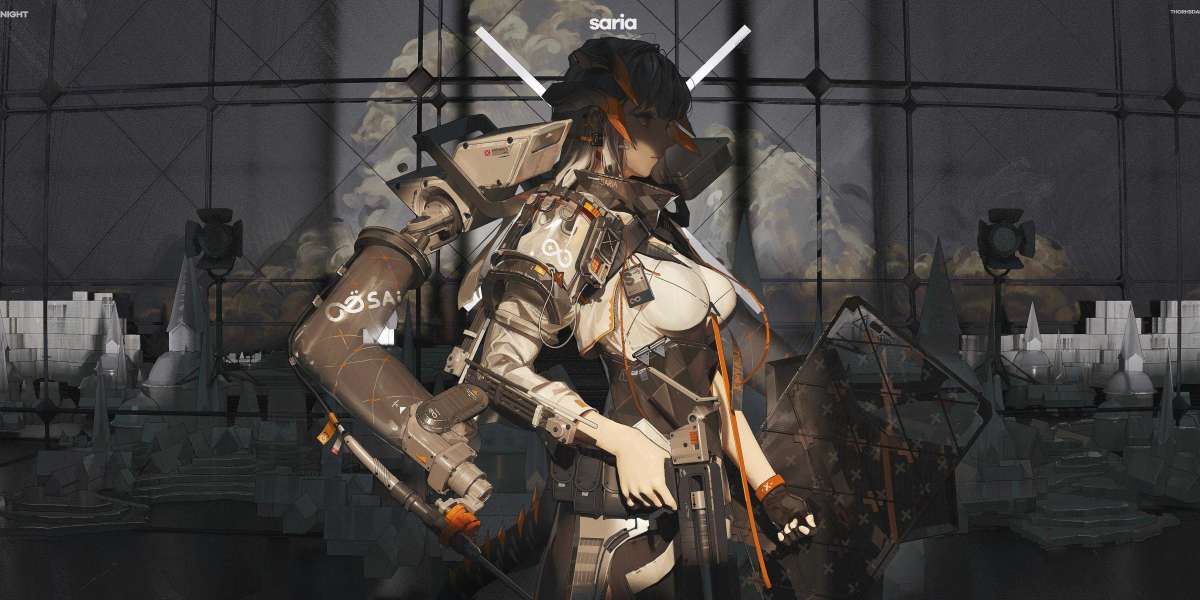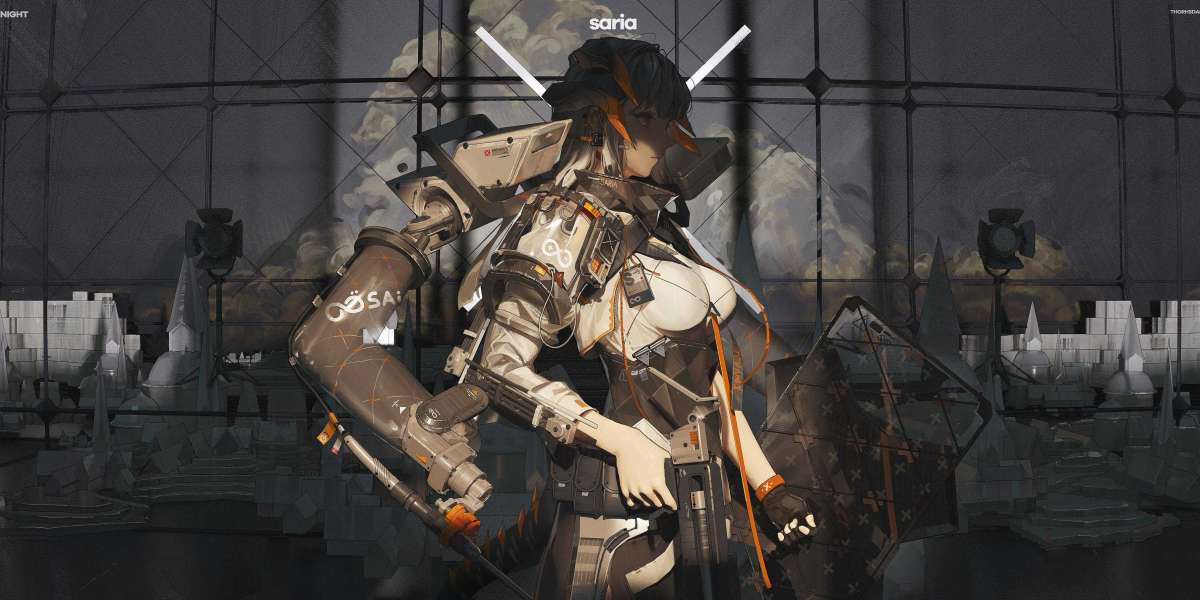As the field of 3D printing continues to evolve, professionals and enthusiasts alike often find themselves with numerous questions. This article aims to provide comprehensive answers to some of the most frequently asked questions about professional 3D printing. Whether you're a seasoned expert or a curious newcomer, this guide will help you navigate the complexities of this innovative technology.
What Materials Can Be Used in Professional 3D Printing?
One of the most common questions is about the types of materials that can be used in professional 3D printing. The range of materials is vast and includes:
- Plastics (PLA, ABS, PETG)
- Metals (Stainless Steel, Titanium, Aluminum)
- Resins (Standard, Flexible, High-Temperature)
- Composites (Carbon Fiber, Glass Fiber)
The choice of material depends on the specific requirements of your project, such as strength, flexibility, and thermal resistance.
How Accurate is Professional 3D Printing?
Accuracy is a critical factor in professional 3D printing. Generally, the accuracy can range from 0.1 mm to 0.01 mm, depending on the printer and the material used. For instance, the XYZ Professional 3D Printer offers high precision, making it suitable for intricate designs and detailed prototypes.
"The accuracy of a 3D printer is paramount for producing high-quality parts and prototypes."
What Are the Costs Involved in Professional 3D Printing?
Costs can vary significantly based on several factors, including the type of printer, materials, and the complexity of the project. Here are some cost considerations:
- Initial Investment: High-end professional 3D printers can cost anywhere from $5,000 to $100,000.
- Material Costs: Depending on the material, costs can range from $20 per kg for plastics to $500 per kg for metals.
- Maintenance: Regular maintenance is essential to keep the printer in optimal condition, which can add to the overall cost.
For a detailed cost analysis, you can refer to the 3D Printing Cost Analysis Video.
What Are the Applications of Professional 3D Printing?
The applications of professional 3D printing are diverse and span across various industries:
- Healthcare: Custom prosthetics, dental implants, and surgical tools.
- Aerospace: Lightweight components, complex geometries, and rapid prototyping.
- Automotive: Custom parts, tooling, and functional prototypes.
- Consumer Goods: Customizable products, rapid manufacturing, and design iterations.
These applications demonstrate the versatility and transformative potential of 3D printing technology.
Conclusion
In conclusion, professional 3D printing offers a myriad of possibilities, from material choices to applications across various industries. By understanding the intricacies of this technology, you can make informed decisions and leverage its full potential. For more detailed insights, you can explore our Professional 3D Printing Blog.
References








